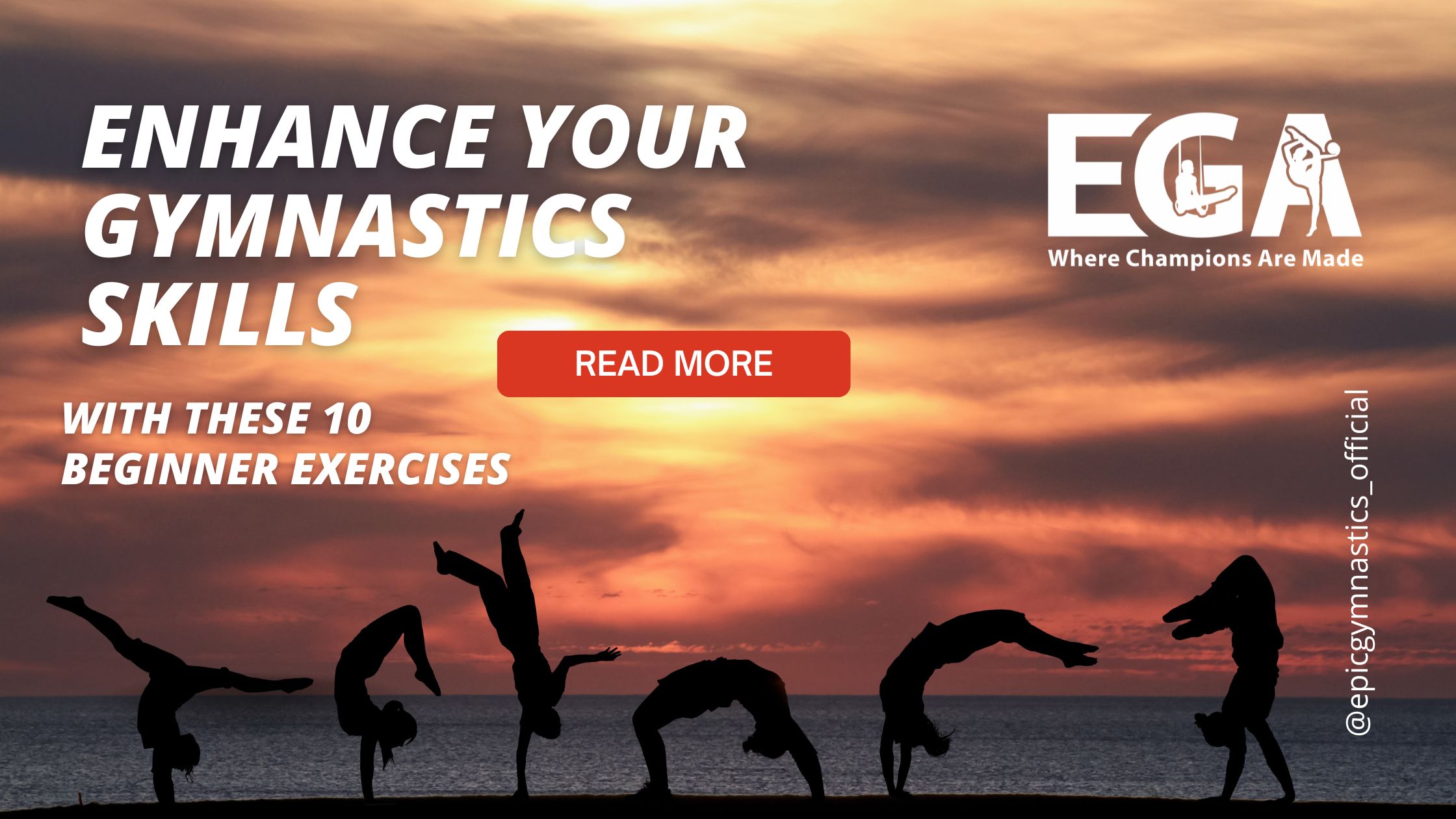
- +91 8553346300
- [email protected]
Menu

Rhythmic gymnastics is a graceful and artistic sport that combines elements of ballet, dance, and gymnastics. Performers use a variety of apparatuses, such as ribbons, hoops, balls, clubs, and ropes, to perform. This form of gymnastics is distinguished by its emphasis on aesthetics and synchronization with music, making it one of the most visually captivating sports in the world.
Rhythmic gymnastics traces its roots back to the early 20th century in Eastern Europe, where it evolved from exercises developed to promote physical health. The sport, initially known as “modern gymnastics,” officially emerged in the 1940s. It was designed to emphasize the beauty of motion rather than the competitive, athletic side of traditional gymnastics. Budapest hosted the first World Championships in 1963, and in 1984, rhythmic gymnastics gained Olympic status.
Traditional (artistic) gymnastics focuses on power, strength, and acrobatics, where gymnasts perform flips, vaults, and balance routines on apparatuses like the floor, vault, balance beam, and parallel bars. Rhythmic gymnastics, on the other hand, prioritizes fluidity, flexibility, and coordination. The gymnast choreographs the routines to music and performs them on a mat, handling one or more apparatuses at a time.
Physical Development: Rhythmic gymnastics enhances flexibility, coordination, and strength in young children. It requires a high level of body awareness, which contributes to improved posture and balance.
Mental and Emotional Growth: The discipline involved in mastering rhythmic gymnastics routines helps children develop focus, concentration, and perseverance. It also boosts self-esteem as children see their skills improve over time.
Artistic Expression: This form of gymnastics allows children to express themselves through movement, combining athleticism with creativity. It encourages a love for dance and music, enriching their cultural and artistic understanding.
Social Interaction: Rhythmic gymnastics is often a group activity, promoting teamwork and social skills. Children learn to work together, support each other, and build friendships within their teams.
Scientific Backing: Studies have shown that rhythmic gymnastics can significantly enhance motor skills and cognitive development in children. The combination of physical activity with music also improves brain function, particularly in areas related to spatial awareness and memory.
At Epic Gymnastics Academy in Bangalore, we have recently introduced rhythmic gymnastics to our curriculum. We believe this addition will offer children in our community the opportunity to experience the unique blend of art and sport that rhythmic gymnastics represents. We have designed our program to accommodate both beginners and advanced students, giving every child the opportunity to unlock their potential in this elegant and demanding sport.
Our rhythmic gymnastics program emphasizes foundational skills such as flexibility, strength, and apparatus handling. We incorporate ballet techniques to enhance grace and movement quality. We tailor each session to the individual needs of the students, emphasizing gradual progression and skill mastery.
We also prepare our students for competitions, where they can showcase their skills and gain recognition for their hard work. Competing in rhythmic gymnastics teaches children how to handle pressure, develop resilience, and strive for excellence.
With rhythmic gymnastics gaining popularity worldwide, we aim to position Epic Gymnastics Academy as a leading center for this sport in Bangalore. We are committed to providing the best training facilities and coaching, ensuring that our students have the opportunity to excel at both national and international levels.
Rhythmic gymnastics is more than just a sport; it’s a way of developing a child’s physical and mental abilities while fostering a love for the arts. At Epic Gymnastics Academy, we are excited to bring this enriching experience to our students, helping them grow into well-rounded individuals.

Empowerment, Perseverance, Inspiration and Confidence - Epic Gymnastics Academy is here to support your journey and reach new heights in the world of Gymnastics.

Co Founder and COO of EGA - Epic Gymnastics Academy Bangalore




Epic Gymnastics Academy fosters a love for gymnastics with expert coaching and personalized training, helping athletes of all levels reach their full potential.
“Hard days are the best because that’s when champions are made.” – Gabby Douglas.
Disclaimer: The information provided on this website is for general informational purposes only. Epic Gymnastics Academy makes no representations or warranties of any kind, express or implied, about the completeness, accuracy, reliability, suitability, or availability with respect to the website or the information, products, services, or related graphics contained on the website for any purpose. Any reliance you place on such information is therefore strictly at your own risk. In no event will we be liable for any loss or damage including without limitation, indirect or consequential loss or damage, or any loss or damage whatsoever arising from loss of data or profits arising out of, or in connection with, the use of this website.